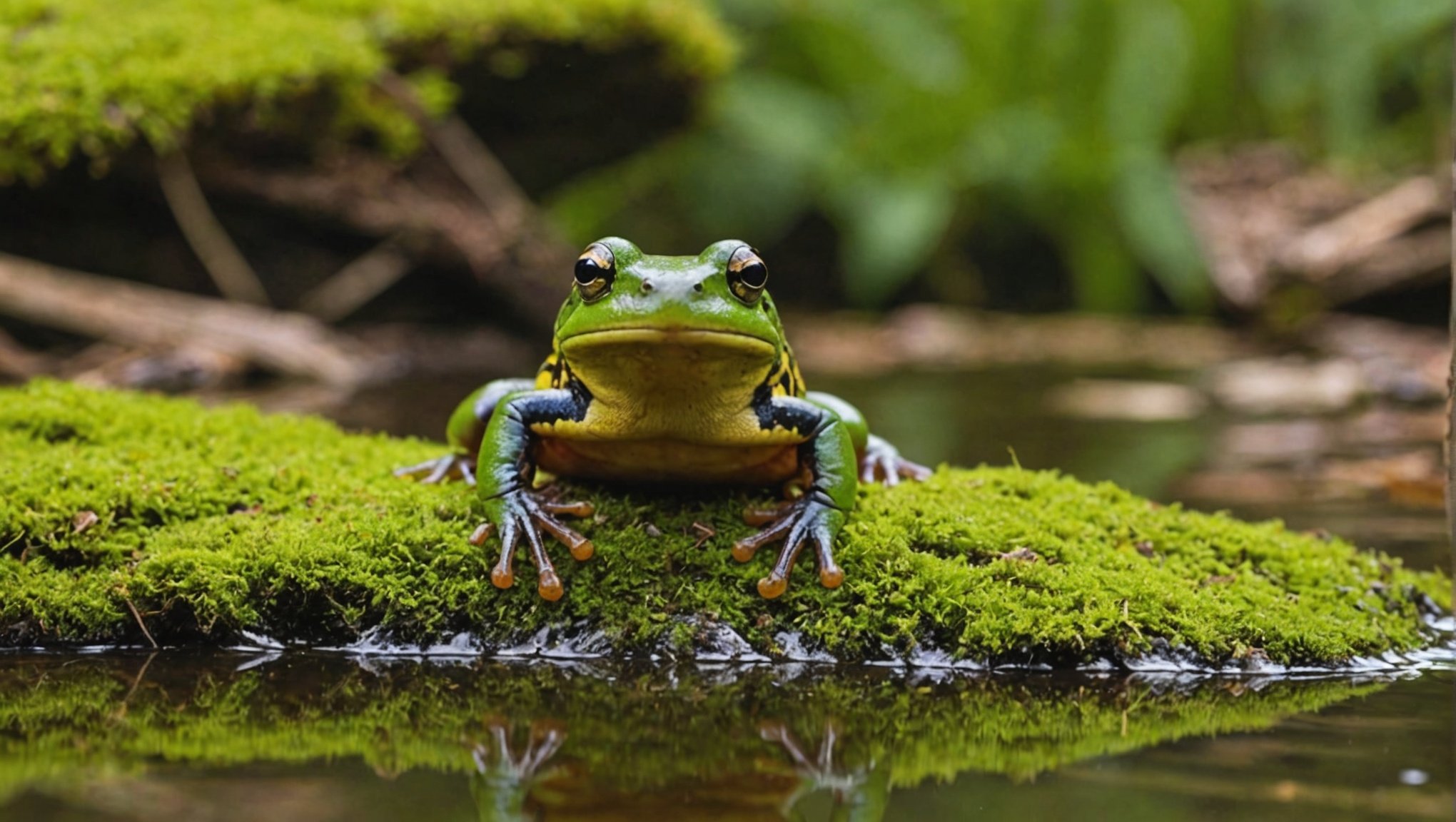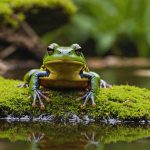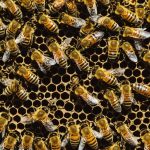The health of amphibian populations in the UK hinges on water quality regulations that shape their breeding habitats. Increasing pollution and habitat degradation pose significant challenges. Understanding the laws governing water quality reveals how they impact these ecosystems. This exploration highlights the delicate balance between regulatory frameworks and the survival of amphibians, empowering conservation efforts and informing policy discussions. Discover the essential connections that can drive meaningful change for these vital species.
Overview of UK Water Quality Regulations
The UK water quality regulations have evolved significantly over time, reflecting a growing awareness of environmental issues and the need to protect aquatic habitats. Historically, these regulations were developed in response to industrial pollution and public health concerns. Over the years, the focus has shifted towards a more comprehensive approach, addressing both point source and diffuse pollution.
A voir aussi : The Impact of the UK”s Transition to Organic Farming on Local Wildlife: A Closer Look
Key legislation impacting water quality includes the Water Framework Directive (WFD), which sets a holistic framework for managing water resources across Europe. This directive aims to achieve “good status” for all water bodies by setting environmental objectives and requiring member states to prepare river basin management plans. Additionally, the Bathing Water Directive and the Urban Waste Water Treatment Directive play crucial roles in maintaining and improving water quality.
The primary objectives of these regulations are to safeguard human health, preserve aquatic ecosystems, and ensure sustainable water use. By establishing clear standards and monitoring requirements, these regulations aim to reduce pollutants entering water bodies, thereby protecting aquatic habitats and biodiversity.
A lire aussi : The Impact of the UK”s Transition to Organic Farming on Local Wildlife: A Closer Look
In summary, the UK’s water quality regulations are designed to balance environmental protection with socio-economic needs. They provide a structured approach to managing water resources, ensuring that the nation’s waters remain clean and healthy for future generations.
Impact of Water Quality Regulations on Amphibian Populations
Amphibians are particularly sensitive to changes in water quality, making them excellent indicators of ecological health. In the UK, amphibian populations such as frogs, toads, and newts have been profoundly affected by water quality regulations. These regulations have led to significant improvements in water bodies, creating more suitable habitats for these species.
Overview of Affected Amphibian Species
Several amphibian species are impacted by water quality, including the common frog, natterjack toad, and great crested newt. These species rely on clean, unpolluted water for breeding and development. Ecological impact assessments have shown that improved water quality has led to healthier ecosystems, supporting a diverse range of amphibian life.
Evidence of Population Changes
Research indicates that amphibian populations have responded positively to regulatory measures. Studies have documented increased numbers and diversity of species in areas where water quality has improved. This suggests that regulations targeting pollution reduction are effective in promoting the recovery of amphibian populations.
Breeding Success Rates
Breeding success is closely linked to water quality. Amphibians require specific conditions for successful reproduction, such as clean water and appropriate breeding sites. Enhanced water quality has been associated with higher breeding success rates, indicating that regulations are beneficial. These improvements not only support amphibian populations but also contribute to overall biodiversity.
Scientific Studies and Data Analysis
Scientific studies and data analysis play a crucial role in understanding the impact of water quality regulations on amphibian populations. Through ecological research, researchers have been able to gather comprehensive insights into how these regulations affect amphibian habitats.
Key Research Findings
Numerous scientific studies have highlighted the positive effects of improved water quality on amphibian populations. Research indicates that cleaner water bodies have resulted in increased species richness and diversity. This suggests that regulatory measures are not only effective but also essential for the conservation of amphibian habitats.
Methodologies Used in Studies
To assess the impacts of water quality on amphibians, researchers employ various data analysis techniques. These include field surveys, water sampling, and laboratory experiments. By using a combination of quantitative and qualitative methods, scientists can accurately determine the relationship between water quality and amphibian health.
Interpretation of Data Trends
The interpretation of data trends is vital for guiding future research and policy-making. Analysis of long-term data sets reveals that sustained improvements in water quality lead to stable or increasing amphibian populations. This trend underscores the importance of continued ecological research to monitor changes and adapt regulations accordingly. Understanding these trends helps in predicting future outcomes and ensuring the longevity of amphibian species.
Case Studies of Amphibian Breeding Habitats
Exploring case studies of amphibian breeding habitats provides valuable insights into the effectiveness of habitat restoration and conservation efforts. These examples demonstrate how targeted actions can lead to significant ecological benefits.
Successful Habitat Restoration Initiatives
One notable example of successful habitat restoration is the restoration project in the Somerset Levels. This initiative focused on re-establishing natural water flow and vegetation, leading to a resurgence in local amphibian populations. The project illustrates how strategic interventions can create favourable conditions for breeding and development.
Regulatory Impacts on Specific Regions
In the Norfolk Broads, regulatory measures have significantly improved water quality, benefiting amphibian species. Case studies from this region highlight the direct correlation between stringent water quality regulations and increased amphibian diversity. These findings underscore the importance of regulatory frameworks in driving positive ecological outcomes.
Lessons Learned for Future Conservation Strategies
Lessons from these case studies emphasize the need for continued investment in conservation efforts. Effective strategies often involve collaboration between governmental bodies, conservationists, and local communities. Future initiatives should consider adaptive management approaches, allowing for adjustments based on ongoing ecological assessments. By learning from past experiences, conservation strategies can be refined to ensure the longevity and health of amphibian populations.
Recommendations for Conservation and Policy
In advancing conservation strategies, it is crucial to align efforts with scientific research findings. Effective strategies should focus on preserving and enhancing amphibian breeding habitats. This can be achieved through targeted restoration projects, such as re-establishing natural water flows and vegetation, which have shown positive outcomes in various case studies.
Policy Recommendations for Improvement
To further support amphibian populations, robust policy recommendations are necessary. Policies should prioritize reducing pollution, protecting wetlands, and ensuring sustainable land use practices. Implementing stricter regulations on pollutants and encouraging eco-friendly agricultural practices can significantly enhance water quality, thereby benefiting amphibian habitats.
Importance of Stakeholder Engagement
Stakeholder engagement is vital for the success of conservation efforts. Involving local communities, governmental bodies, and environmental organizations fosters a collaborative approach. By engaging stakeholders, conservation initiatives can benefit from diverse perspectives and resources, leading to more comprehensive and sustainable outcomes.
- Encourage community involvement in habitat restoration projects
- Foster partnerships between policymakers and conservationists
- Promote educational programs to raise awareness about amphibian conservation
In summary, integrating research-driven conservation strategies with effective policy recommendations and active stakeholder engagement can significantly improve amphibian breeding habitats. These combined efforts are essential for ensuring the long-term health and sustainability of amphibian populations.
Expert Opinions and Future Directions
Understanding the future of amphibian conservation requires a synthesis of expert opinions and a focus on future research. Environmentalists and researchers offer valuable insights into the challenges and opportunities in this field.
Insights from Environmentalists
Environmentalists emphasise the importance of amphibian conservation as a measure of ecosystem health. They highlight the need for comprehensive habitat protection strategies that address both terrestrial and aquatic environments. These experts advocate for increased public awareness and education, as well as policies that support sustainable development practices to minimise habitat destruction.
Perspectives from Researchers
Researchers point out significant gaps in our understanding of amphibian ecology, particularly in the context of changing environmental conditions. They stress the importance of future research to explore the effects of climate change on amphibian populations and their habitats. Researchers also call for more detailed studies on the interactions between amphibians and other species within their ecosystems, which can inform more effective conservation strategies.
Future Research Priorities
To enhance amphibian habitat protection, future research should prioritise:
- Developing predictive models to assess the impact of environmental changes on amphibian populations.
- Investigating the role of genetic diversity in species resilience.
- Exploring innovative conservation techniques, such as habitat restoration and captive breeding programmes.
These priorities will guide efforts to safeguard amphibian species against ongoing and future environmental challenges.











